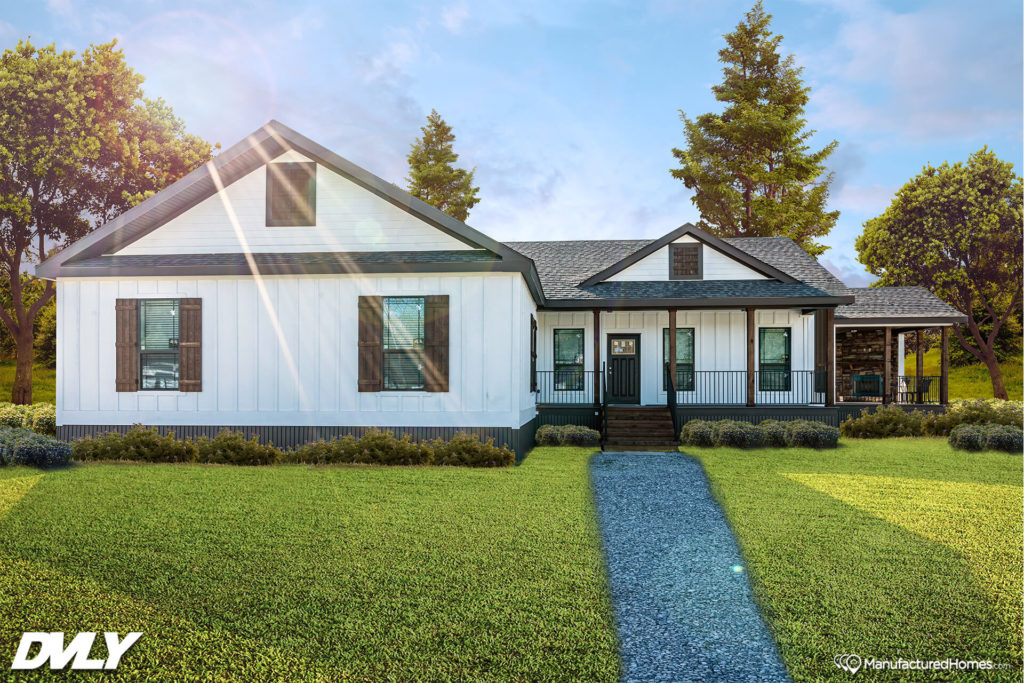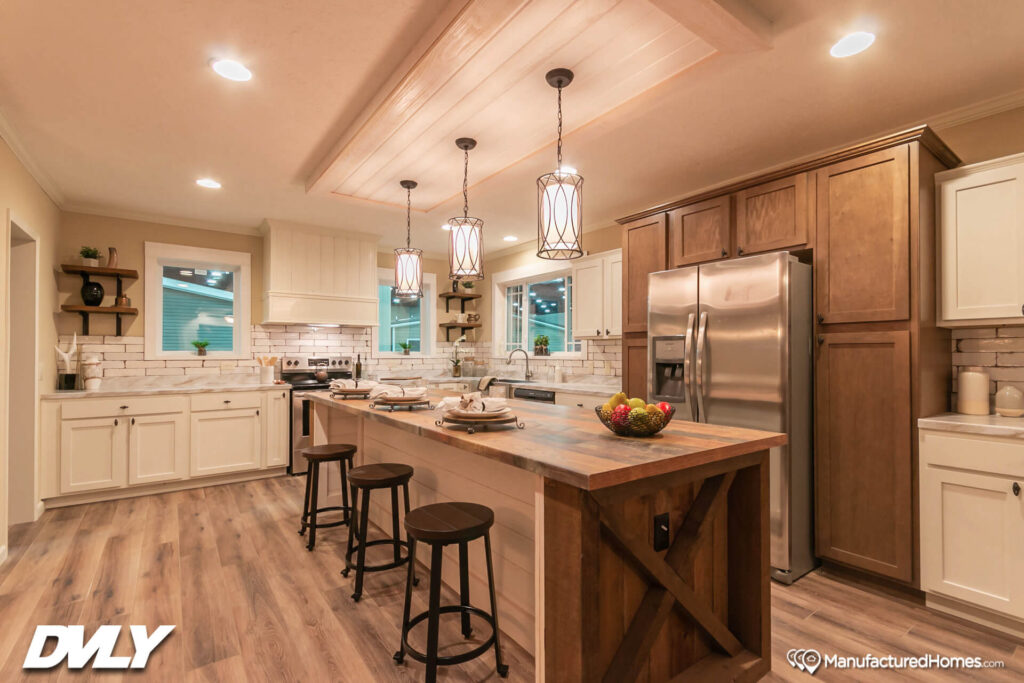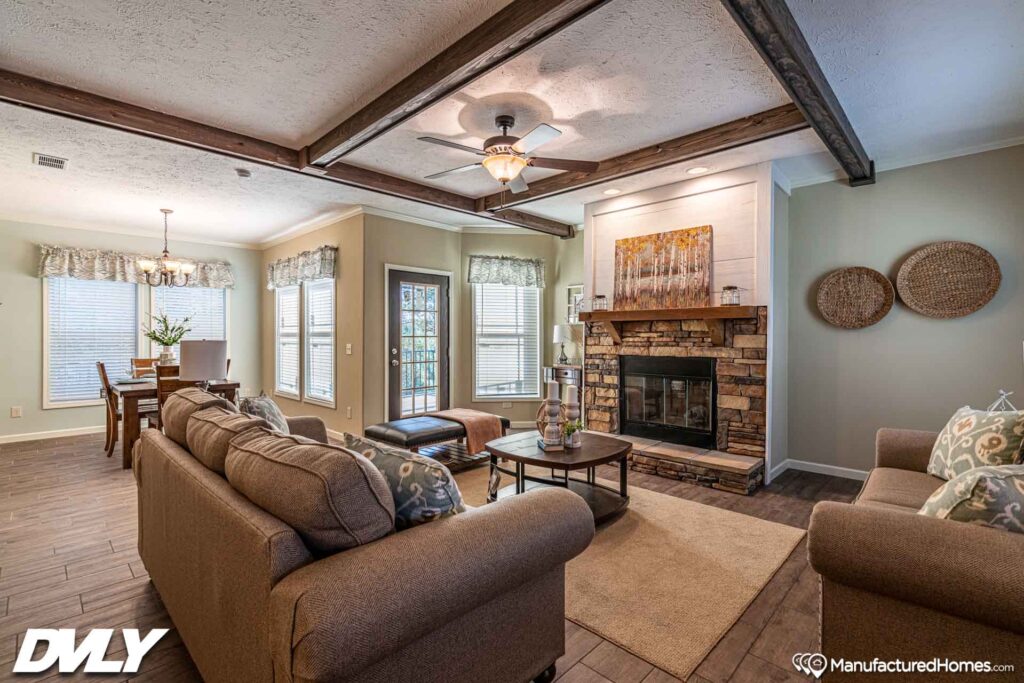The housing market offers a wide range of choices when it comes to finding the perfect home. Among these options are mobile homes and modular homes, which are often confused with each other. While both types of homes offer affordability and flexibility, they have distinct characteristics that set them apart.
Choosing the right home for your needs and budget requires understanding the differences between mobile homes and modular homes. From their construction process to their mobility, each type of home offers unique advantages and limitations. By exploring the key differences, you can make an informed decision and find the perfect home that suits your lifestyle. So, let’s dive into the five key differences between mobile homes and modular homes.
1. Construction and Mobility
Mobile homes, also known as manufactured homes, are constructed on a single chassis with wheels. They are designed to be movable and transported from one location to another. They are typically built in a factory and then transported to a mobile home park or private property.
Modular homes are also built in a factory but are not designed to be mobile in the same way as mobile homes. Instead, they are constructed in modules or sections and then transported to the building site, where they are permanently assembled on a permanent foundation. Once assembled, they cannot be easily moved.
2. Building Codes and Standards
Mobile homes are subject to specific federal construction and safety standards established by the U.S. Department of Housing and Urban Development (HUD) in the United States. These standards are known as the HUD Code and govern aspects like design, construction, durability, energy efficiency, and fire safety.
Modular homes are built according to the same local building codes and regulations as traditional site-built homes. They must meet all applicable state and local building codes, making them generally more adaptable to various locations.
3. Design and Customization
Mobile homes often have limited design options and customization choices due to their manufacturing process and adherence to strict HUD standards. While there may be some variations, overall designs can be more standardized.
Modular homes offer greater flexibility in design and customization. They can be designed to match various architectural styles and can range from basic floor plans to more elaborate designs with customizable features.
4. Longevity and Durability
Mobile homes, while built to HUD standards, may generally have a shorter lifespan compared to modular homes. Their construction and materials might be more focused on affordability and mobility than long-term durability.
Modular homes are built with more durable materials and typically have a longer lifespan. They are constructed to meet or exceed local building codes and often have a comparable life expectancy to traditional site-built homes.
5. Financing and Resale Value
Financing for mobile homes may differ from traditional homes, and they may be considered personal property rather than real estate in some cases. Consequently, their resale value might not appreciate at the same rate as traditional homes.
Modular homes are typically financed and treated similarly to traditional site-built homes, which can make them easier to resell and potentially appreciate in value over time.
Get Started Today
If you’re interested in learning more about modular homes, contact Family Dream Homes. We’re here to help with any questions you may have!



